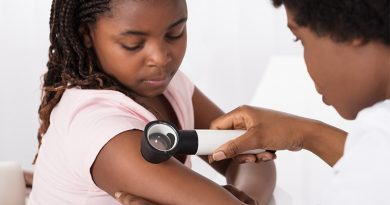The secret to a longer lifespan? Gene regulation holds a clue: Rochester biologists who study the genetics of lifespan suggest novel targets to combat aging and age-related diseases.
Natural selection has produced mammals that age at dramatically different rates. Take, for example, naked mole rats and mice; the former can live up to 41 years, nearly ten times as long as similar-size rodents such as mice.
What accounts for longer lifespan? According to new research from biologists at the University of Rochester, a key piece of the puzzle lies in the mechanisms that regulate gene expression.
In a paper published in Cell Metabolism, the researchers, including Vera Gorbunova, the Doris Johns Cherry professor of biology and medicine; Andrei Seluanov, professor of biology and medicine; and Jinlong Lu, a postdoctoral research associate in Gorbunova’s lab and the first author of the paper, investigated genes connected to lifespan. Their research uncovered specific characteristics of these genes and revealed that two regulatory systems controlling gene expression — circadian and pluripotency networks — are critical to longevity. The findings have implications both in understanding how longevity evolves and in providing new targets to combat aging and age-related diseases.
Comparing longevity genes
The researchers compared the gene expression patterns of 26 mammalian species with diverse maximum lifespans, from two years (shrews) to 41 years (naked mole rats). They identified thousands of genes related to a species’ maximum lifespan that were either positively or negatively correlated with longevity.
They found that long-lived species tend to have low expression of genes involved in energy metabolism and inflammation; and high expression of genes involved in DNA repair, RNA transport, and organization of cellular skeleton (or microtubules). Previous research by Gorbunova and Seluanov has shown that features such as more efficient DNA repair and a weaker inflammatory response are characteristic of mammals with long lifespans.
Source: Read Full Article



